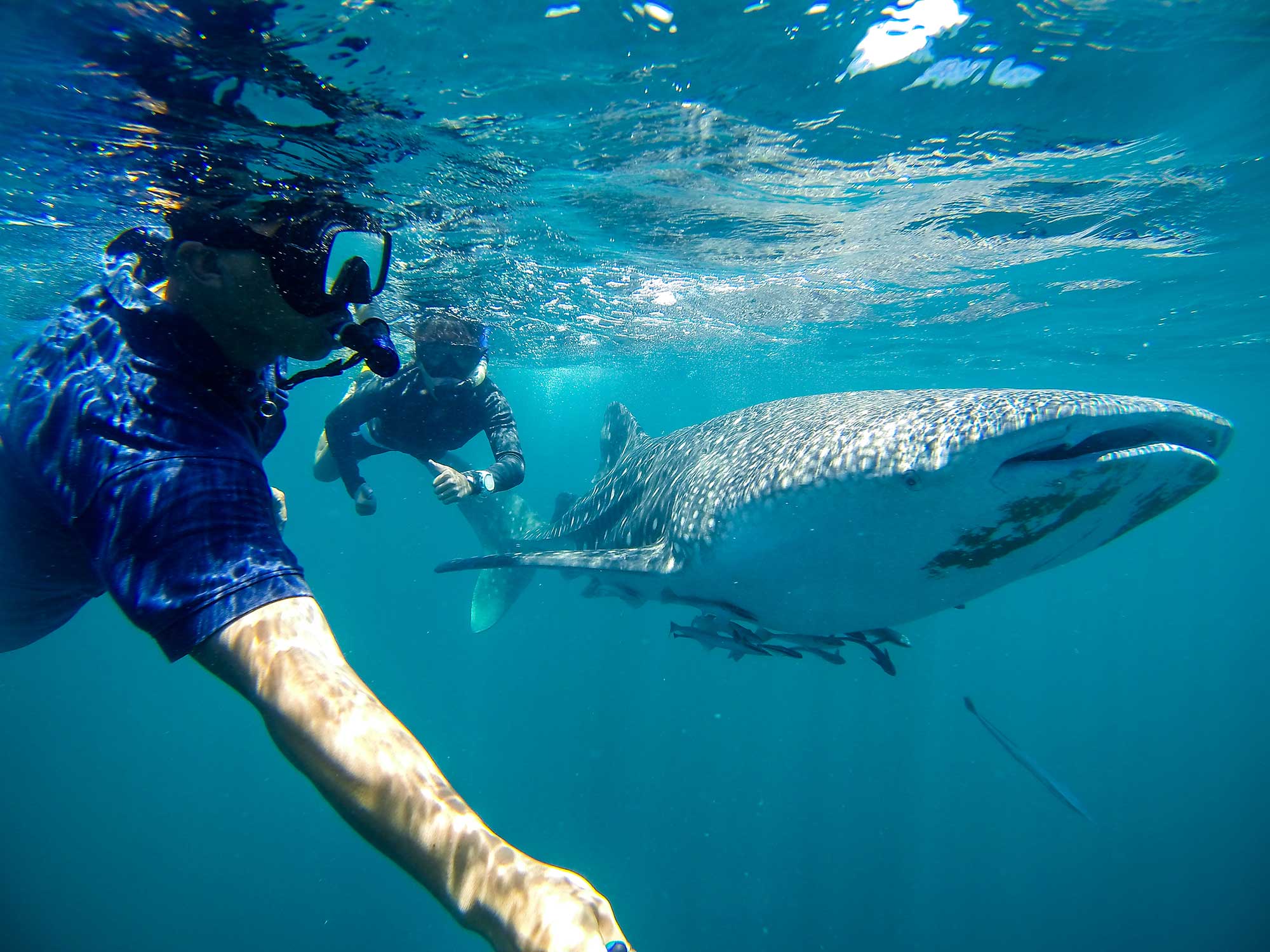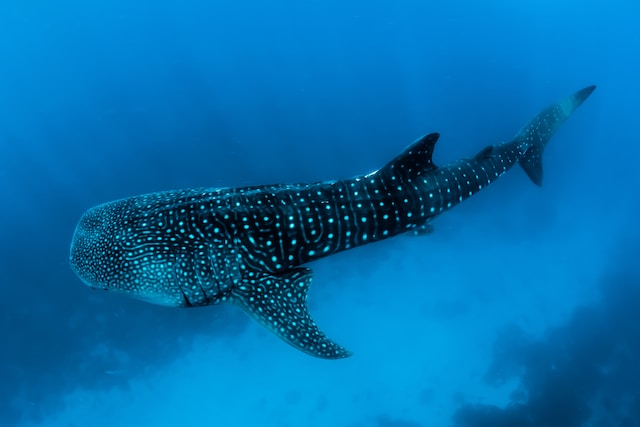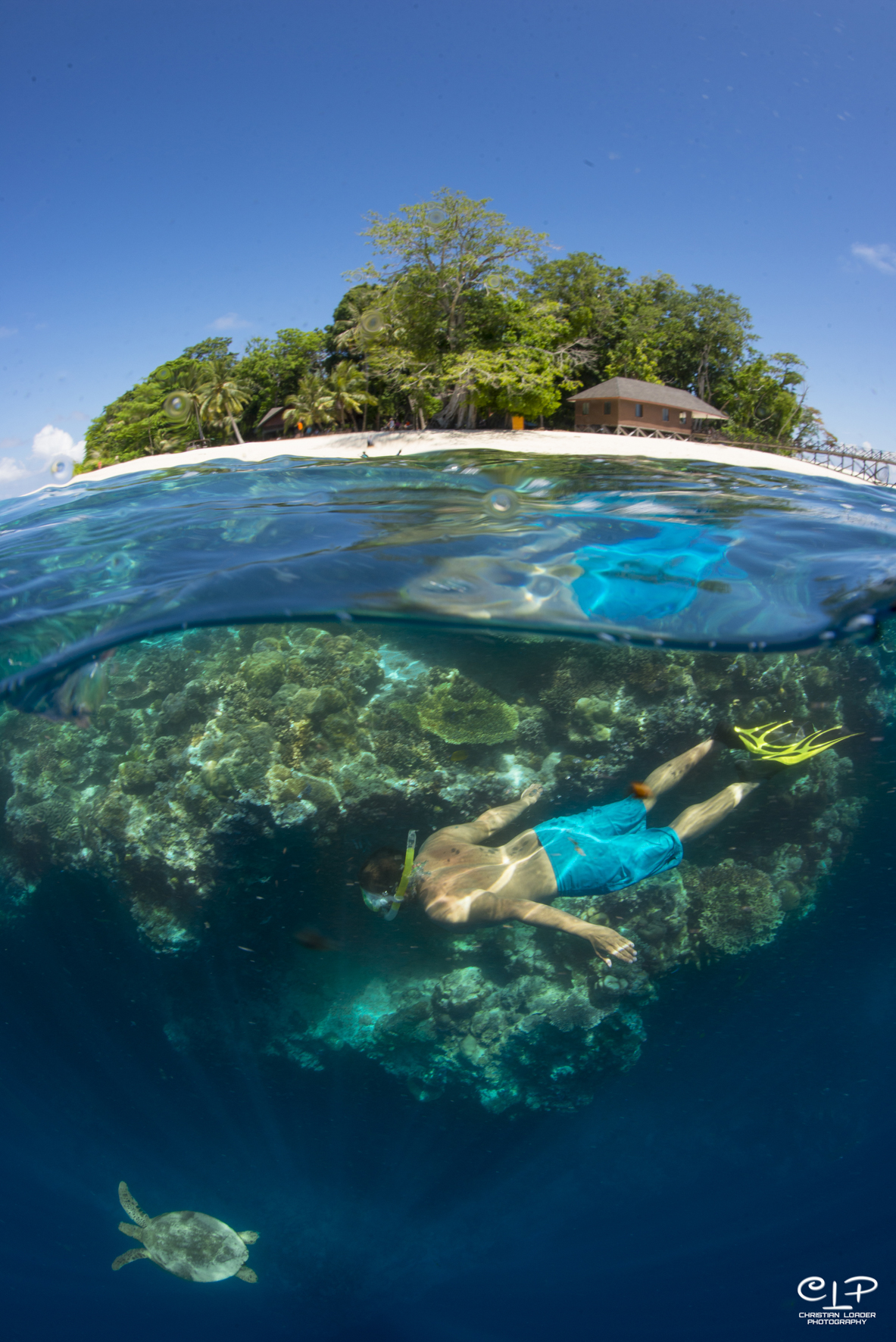
Whale Sharks and Diving in Sipadan
There are countless highlights of diving in the Sipadan Marine Park and at our local dive sites in Kapalai and Mabul, but one of the biggest highlights (literally) is the chance to see whale sharks. Whale sharks are not only the largest fish in our oceans – they are also one of the most iconic and one that features on most scuba divers’ bucket lists! If you would like the best opportunity to see a whale shark when diving with us, it’s best to visit during the whale shark season.
What and When is Whale Shark Season?
Because whale sharks are migratory, whale shark sightings are seasonal. The main whale shark season in our region of Malaysia runs starts from late March through to early June with early March and late June being shoulder periods. We also have a second season around September through to October.

Facts about Whale Sharks
Building your knowledge about whale sharks can make sightings even more rewarding as you can recognize and understand the behaviours that are on display. To get your whale shark knowledge off to a start, here are a few facts about these amazing giants.
- Whale sharks (Rhincodon Typus) are not actually a type of whale – they are species of shark. They are the largest fish and the largest non-mammalian vertebrate in the world. They take up to 30 years to reach maturity and they can live in the wild for up to 70 to 100 years.
- Whale sharks are known to grow up to 12 meters in length and can weigh up to a massive 20 tonnes in weight!
- Despite their size, whale sharks pose no threat to divers – they are the gentle giants of the ocean. They filter-feed on plankton, small fish, and fish eggs that are drifting with the currents.
- Whale sharks breath by swimming forward with their wide mouths open while they suck water into their mouth. This forces water over the gills.
- Whale sharks have ‘gill rakers’ which allow water to pass over the gills, while they act as filters and keep solid organisms (smaller than about 2cms in diameter) inside the whale sharks mouth.
- The mouth of a whale shark can be up to 1.5 metres wide to allow for plenty of water to flow in and through. Unlike in other species the mouth is positioned on the front of the head rather than on the underside.
- Whale sharks don’t bite – but they do have around 3,000 teeth! The teeth are tiny and they play no function in feeding. They have a number of filters that are used to retain food and allow water to pass through.
- Whale sharks are a 5 gill species of shark (meaning they have 5 pairs of gills).
- Whale sharks have extremely hard outer skin which is rough to touch and can be up to 14cm thick!
- The white spots on a whale shark are similar to human fingerprints – the exact spot pattern is unique to each whale shark and can be used as a method to identify individuals.

Whale Shark Sightings in Sipadan
Here at Seaventures Dive Rig our experienced team know all of the best sites for potential whale shark sightings – and they are excellent spotters! Many of the dive sites in the Sipadan Marine Park offer great whale shark encounter opportunities, including Barracuda Point and Hanging Garden. These sites are also magnets for some of the marine park’s most iconic marine life species!
It’s not just Sipadan that is frequented by whale sharks, our dive sites in Kapalai and Mabul have seasonal sightings too.
Our team will give you dive site briefings before diving at any site with us, so you’ll always feel confident when entering the water and know what to expect. They’ll also remind you about some guidelines for diving with whale sharks – so that you experience a great encounter and the whale shark’s natural behaviour remains undisturbed – a double win!
Diving with Whale Sharks in Malaysia
Conservation and marine preservation are at the forefront of all of our operations, here are some of the guidelines we observe when diving with whale sharks:
- Look but don’t touch: As with all marine life, touching whale sharks will stress the animal and normally cause them to dive instantly. Human touch can also cause, or leave the whale shark susceptible, to skin infections.
- Keep your distance: Stay at least 3 meters (9 ft) away from the head and 4 meters (13 ft) from the tail. If the whale shark comes directly towards you, remain calm – you are not in danger. If you are in a group, split into two groups to allow the shark to swim between you.
- Move calmly and slowly: Do not chase whale sharks or block their path. Approach the whale shark from the side and for the best view of the whale shark in the water swim alongside the shark near its pectoral fins. If a shark banks (rolls over) back away – it is asking for space! It’s important that the whale sharks natural behaviour, or planned direction of swimming is not interfered with by your encounter. We practice passive observation.
- Underwater Photography: When taking images of whale sharks, avoid directing the flash or any strobes directly into the whale sharks eyes.
Planning Your Trip
Are you planning your next dive trip? Are you feeling inspired to dive with whale sharks? Get in touch with us to make a reservation for your next dives here in Malaysia: info@seaventuresdive.com
Not yet a certified scuba diver? No problem! Join us for the PADI Open Water Diver Course, get certified to dive to 18 meters, and make four incredible dives in the ocean with us!

